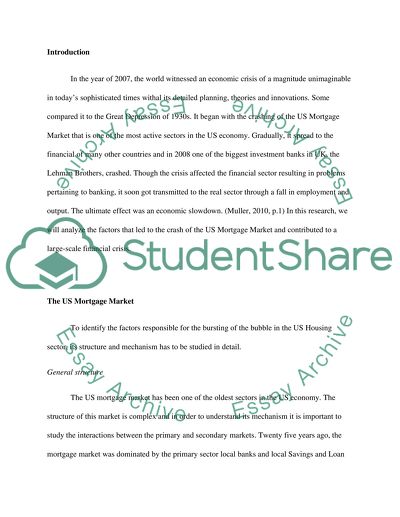Cite this document
(“What Caused the Bubble and Bust in the US Mortgage Market Term Paper”, n.d.)
Retrieved from https://studentshare.org/macro-microeconomics/1431181-what-caused-the-bubble-and-bust-in-housing
Retrieved from https://studentshare.org/macro-microeconomics/1431181-what-caused-the-bubble-and-bust-in-housing
(What Caused the Bubble and Bust in the US Mortgage Market Term Paper)
https://studentshare.org/macro-microeconomics/1431181-what-caused-the-bubble-and-bust-in-housing.
https://studentshare.org/macro-microeconomics/1431181-what-caused-the-bubble-and-bust-in-housing.
“What Caused the Bubble and Bust in the US Mortgage Market Term Paper”, n.d. https://studentshare.org/macro-microeconomics/1431181-what-caused-the-bubble-and-bust-in-housing.


